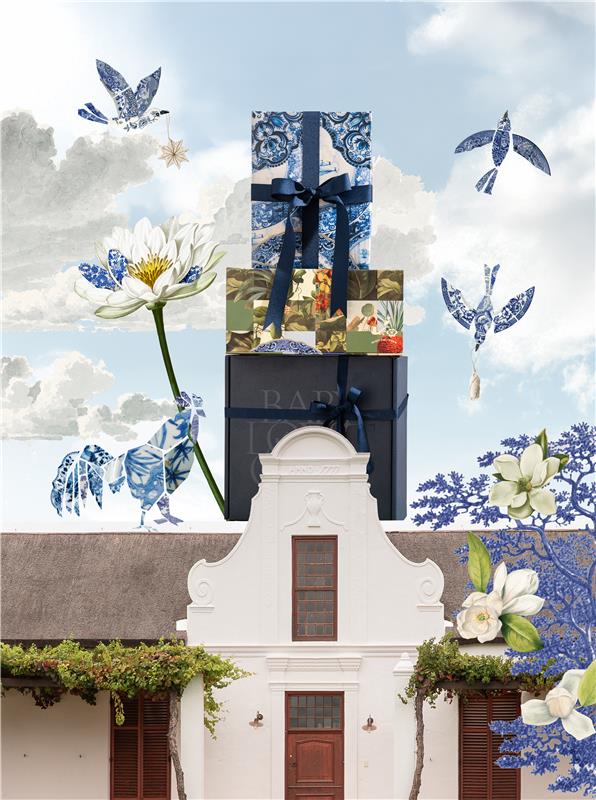Workshops at Soetmelksvlei
June 27th, 2025The Handmade Tale
Chapter 4

An enriching gift
Perhaps even more than things, experiences are gifts to be cherished – particularly the opportunity to learn a new skill or master an existing one.
Workshops are run throughout the year at both Babylonstoren and Soetmelksvlei – a working farm set in the late 1800s, just a short shuttle ride from Babylonstoren. Soetmelksvlei honours the legacy of artisanry, as do the workshops hosted there. The focus is on heritage crafts – from cutting and curing venison to leather work, crochet and the basics of ironmongery.
Which is how I found myself, one fresh autumn morning, in a safari truck winding past orchards and pastures, past water buffalo wallowing in their muddy pool and giant Chianina cattle, through almond trees heavy with velvet green nuts. We crested a hill and descended into a hollow, where Soetmelksvlei lies – a bucolic time capsule that moves at a pre-industrialised pace. There is no better place in time to learn a handcraft.
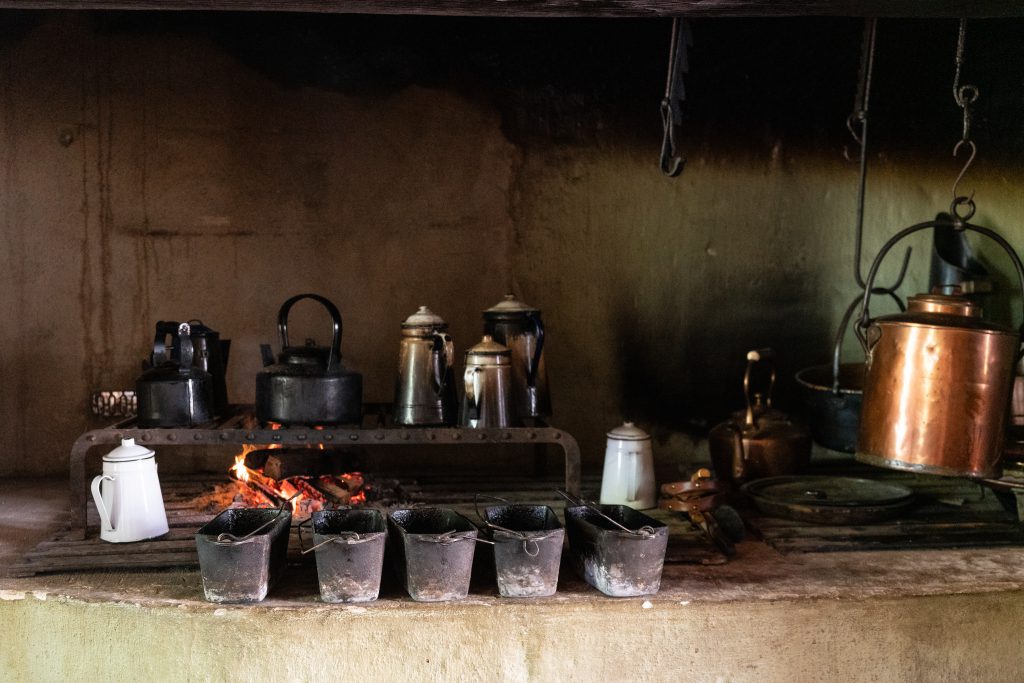
The ancient art of bookbinding
After a short tour of the farmyard and a peek into the immaculately restored Farm House – ending with an enamel mug of moerkoffie and still-warm bread and butter at the scrubbed kitchen table – we were ready for our workshop on the ancient art of bookbinding. To be precise: Japanese stab binding – a method that embraces simplicity, rhythm and creativity.

Punch up
Presented by designer and bookmaker Marianne Cronje, the course is a wonderful starting point for aspiring bookbinders. There’s no need for glue or complex machinery. Each stitch is visible – both decorative and functional – and books are fully customisable with thread colours, stitch patterns and printed covers.
Soon seven of us were squaring up paper, measuring and punching holes. The process calls for a bit of elbow grease (to punch through a wad of paper), basic arithmetic and a good dose of common sense. The result is a beautiful hand-bound book – ideal as a heartfelt, handmade gift, a recipe journal, travel diary or poetry notebook.
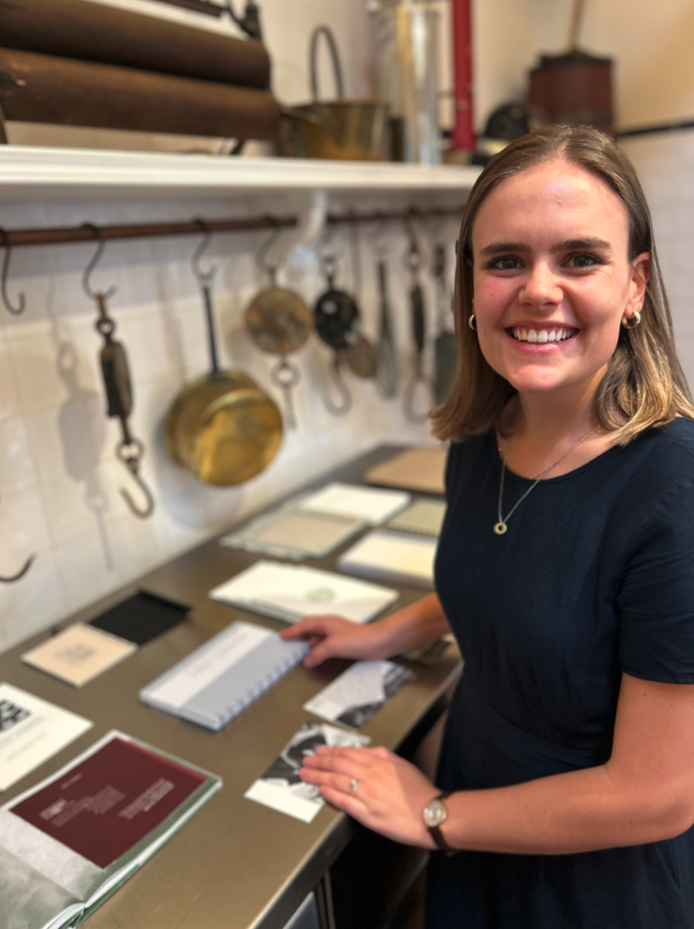
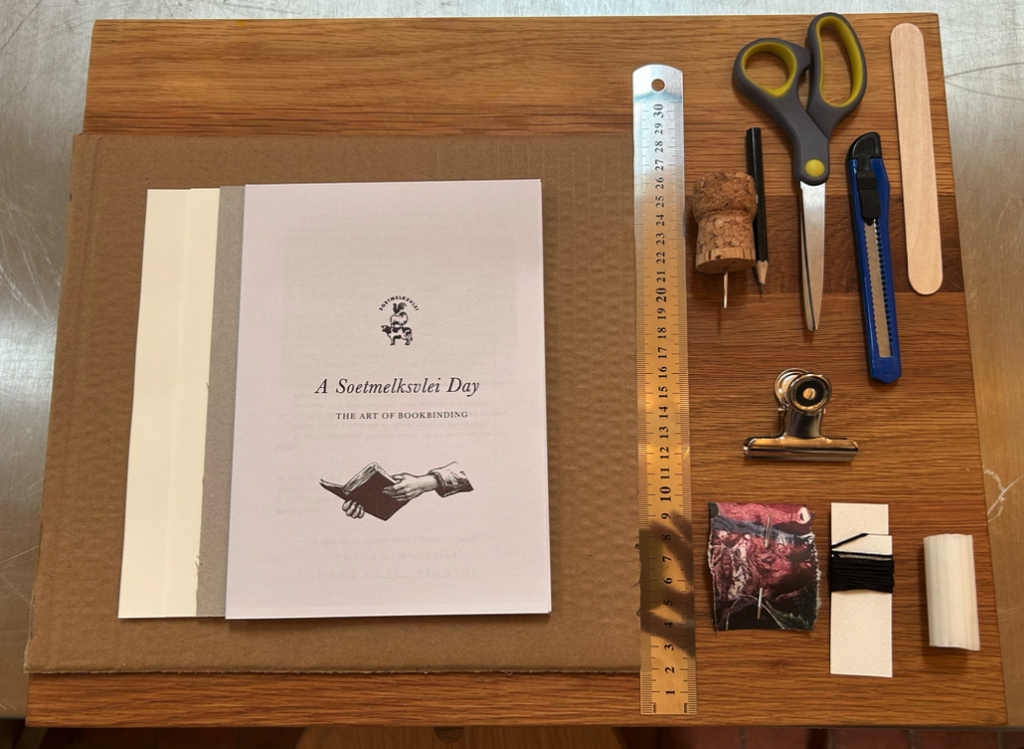
We started with basic four-hole binding (yotsume toji) and progressed to hemp-leaf binding (asa-no-ha toji) – a step up in detail but still beginner-friendly. As it was our second attempt, we finished much faster.
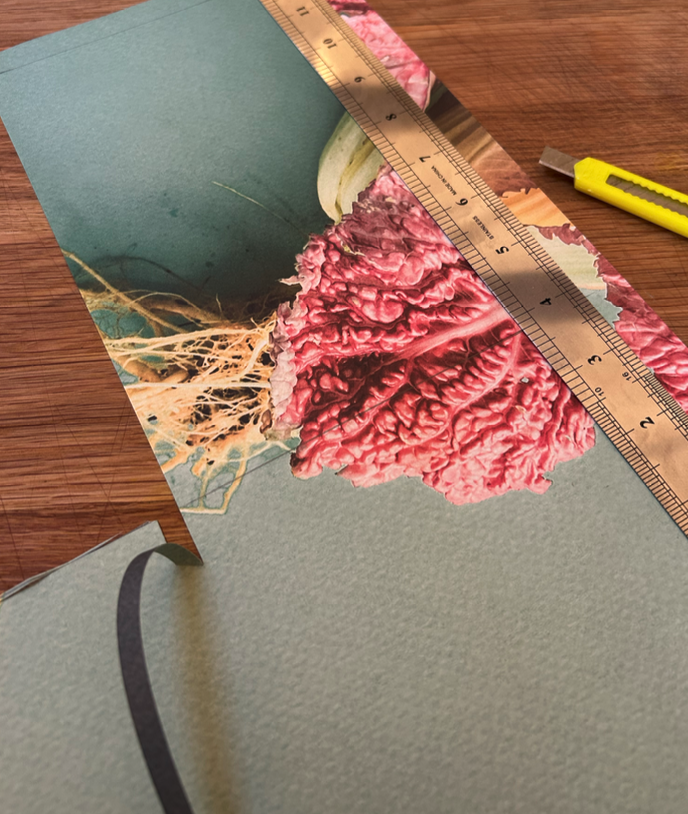
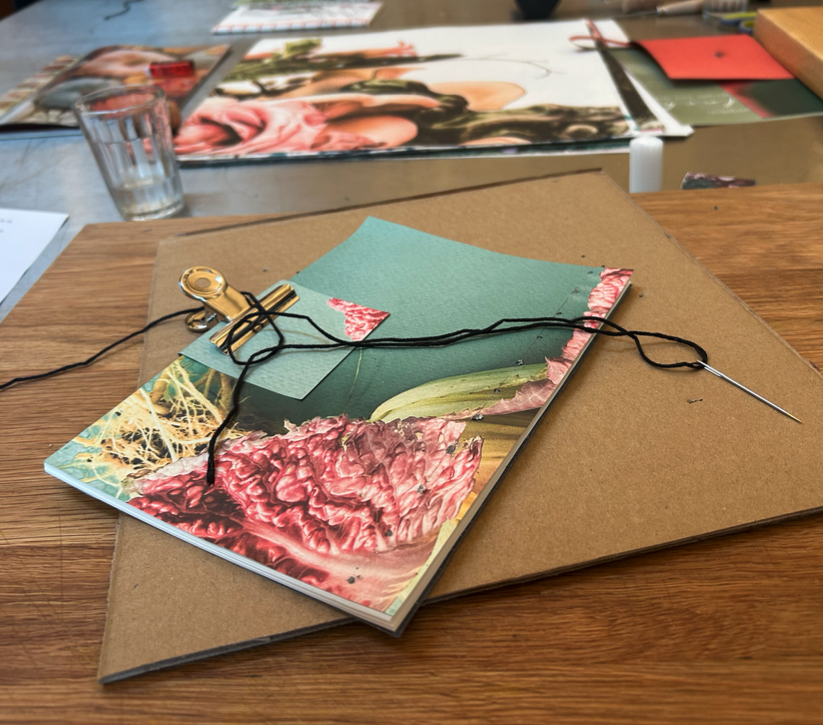
Mission accomplished
Our pace towards the end may have had something to do with the wonderful lunch waiting at the Old Stables Restaurant. Soetmelksvlei honours heritage cuisine in both quantity and quality – a delectable harvest-style spread of fresh produce, preserves, handmade cheese, bread, charcuterie and pickles. This is followed by hearty, hot dishes from the deep hearth – a Boland bredie, boerewors, pap and smoor.
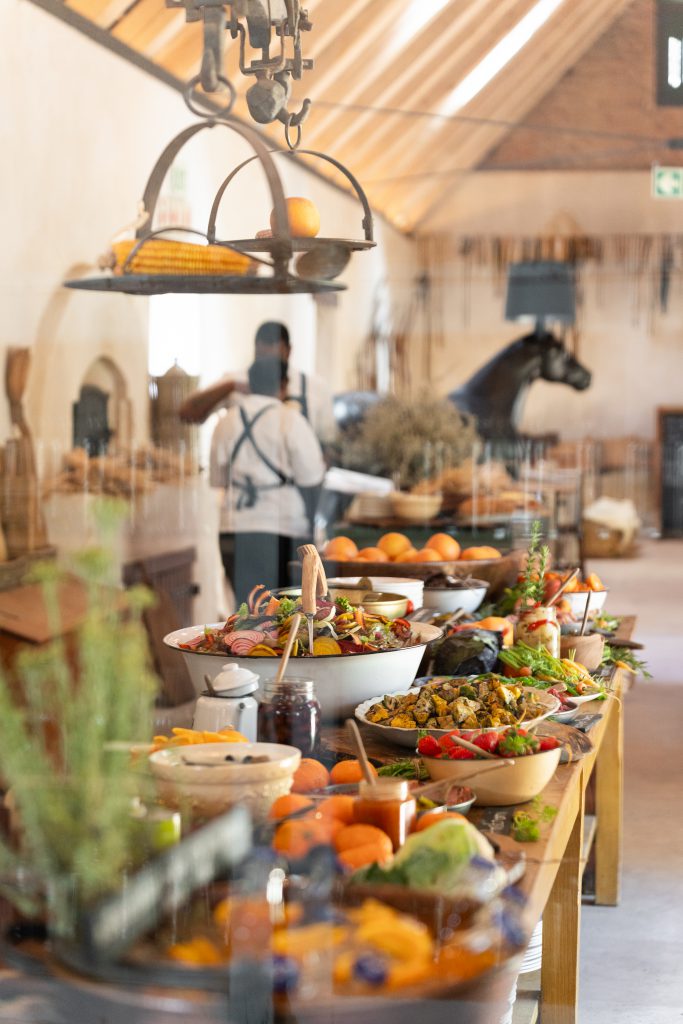
No farm feast is complete without pudding, and Soetmelksvlei doesn’t disappoint – the dessert table overflows with traditional favourites like koesisters, koeksisters, hertzoggies and melktert.
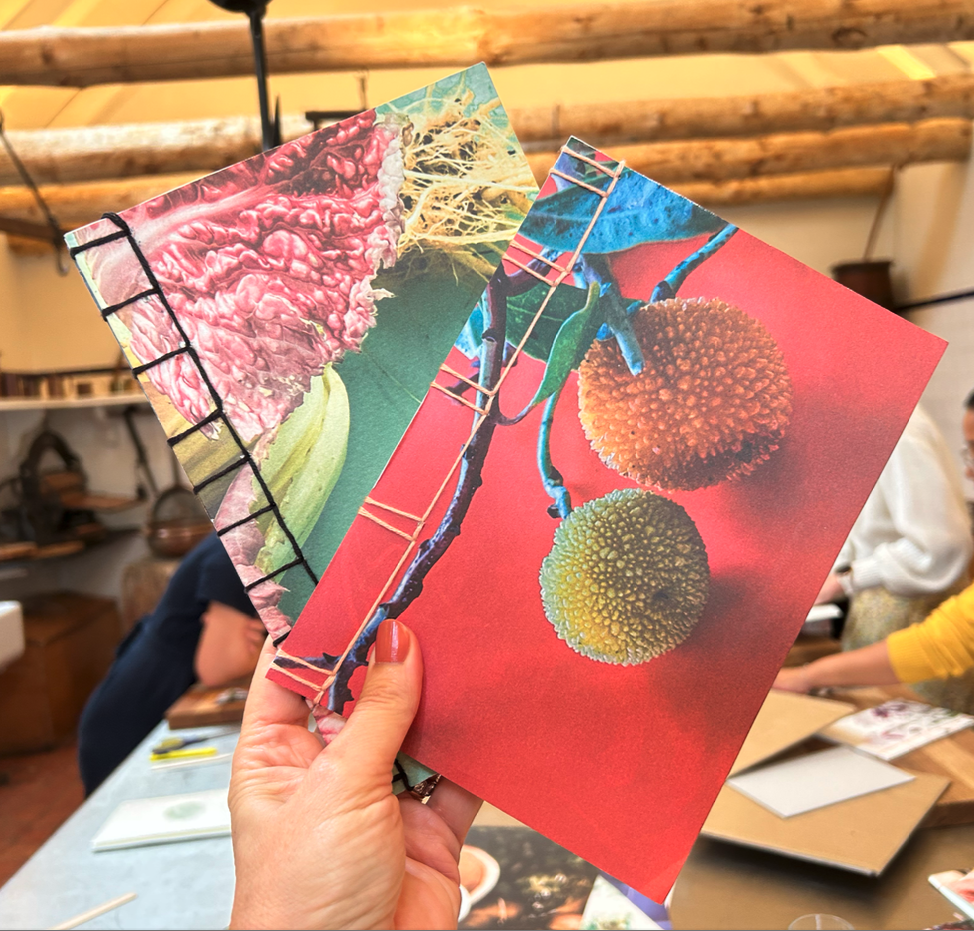
Bucket List ✓
With two beautiful hand-stitched books in hand and bellies full of goodness, we spent the afternoon exploring Soetmelksvlei at leisure. The Old Cellar is a mesmerising cabinet of curiosities in the true 19th-century sense of the term.
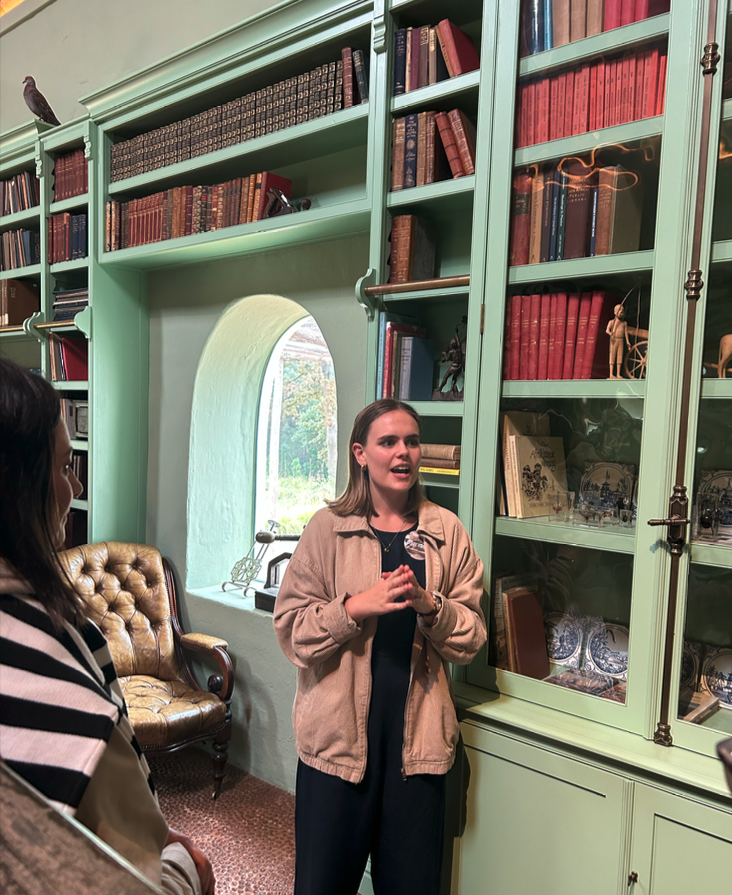
The farm’s Workshop is where master crafters repair and create wood, iron and leather utensils for use on the farm and in the farm shop. It’s also the site of woodworking and ironmongery workshops. Visitors are welcome to observe and engage with the artisans at work.
The same applies to the 19th century Vitruvian water mill where grain is milled, the kraal where Bella and Blommetjie are milked twice daily, and the cream separation table where you can dip a blikbeker into a basin of warm, creamy milk.
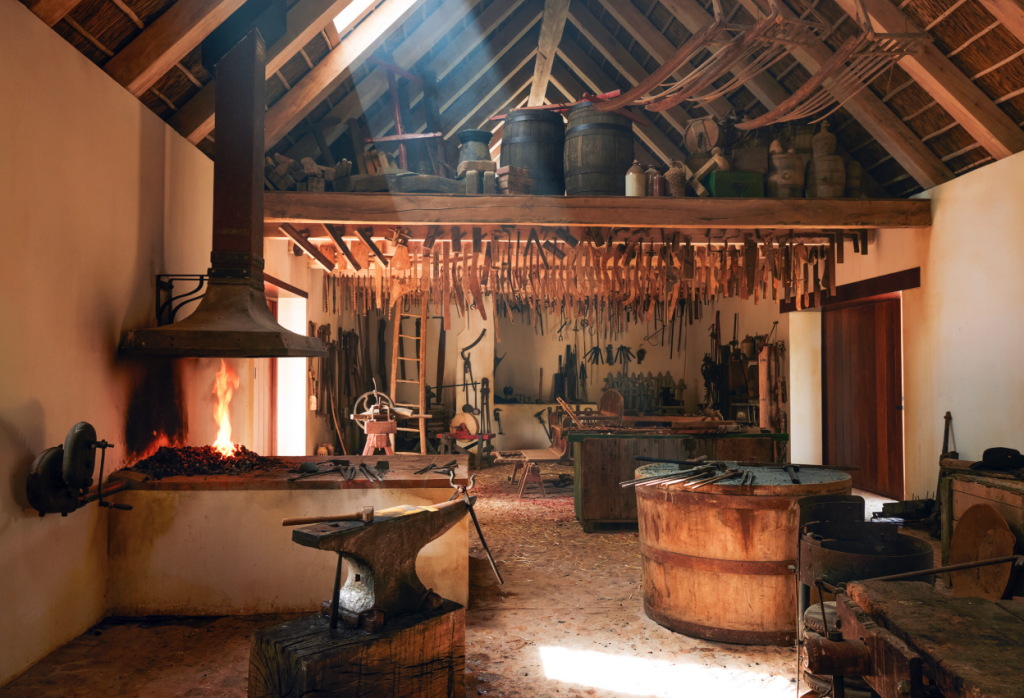
Soetmelksvlei is, in a nutshell, a place in time where you can touch, taste, smell and feel things that no longer belong to our everyday lives – though perhaps they should.

Crafting character
Workshops at Babylonstoren and Soetmelksvlei are similarly priced and include farm entry, workshop fees, refreshments and lunch. At Soetmelksvlei, this also includes a shuttle ride to the late 1800s.
Bookbinding workshops at Soetmelksvlei take place on 19 July and 20 September. Fancy exploring the magical world of mushrooms, learning to espalier fruit trees or making traditional bobotie with guava chutney? View the complete list of workshops at Babylonstoren and Soetmelksvlei in 2025. Booking is essential.
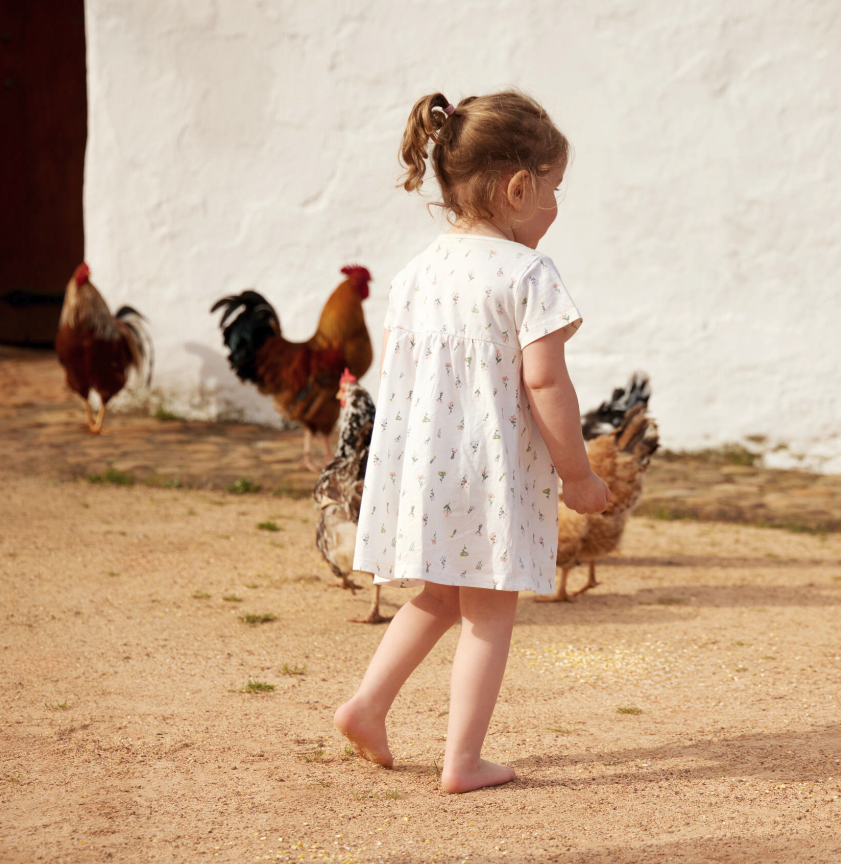
Step back in time
Even if you’re not joining a workshop, Soetmelksvlei is a feast for curious minds of all ages. Plan your visit here – then step back in time to the late 1800s.


